Which Pests Have Wings?
Which Pests Have Wings?
While having wings is an obvious feature of some pests, other entries on this list might surprise you when you learn that they too, can take flight.
Stingers
Rather than listing them one by one, the term “stingers” groups together several Hymenoptera: wasps, hornets, yellow jackets, and bees. Wings are part of all of these insects’ identities, making them some of the most obvious entries to this list. But what you may not know, is that some of these creatures can use their wings in unique ways. For example, honeybees can use their wings to produce heat.
Within a colony, certain bees have the ability to act as “heater bees.” These bees can create warmth through the violent shaking of the muscles that control their wings (but without actually moving the wings themselves). This can bring their body temperature up to roughly 110 degrees Fahrenheit which not only warms that bee in particular but can heat up their surrounding hive members. Heater bees will also travel into empty cells within the honeycomb and heat the cells. This heat will then radiate through surrounding cells, keeping the hive warmer overall.
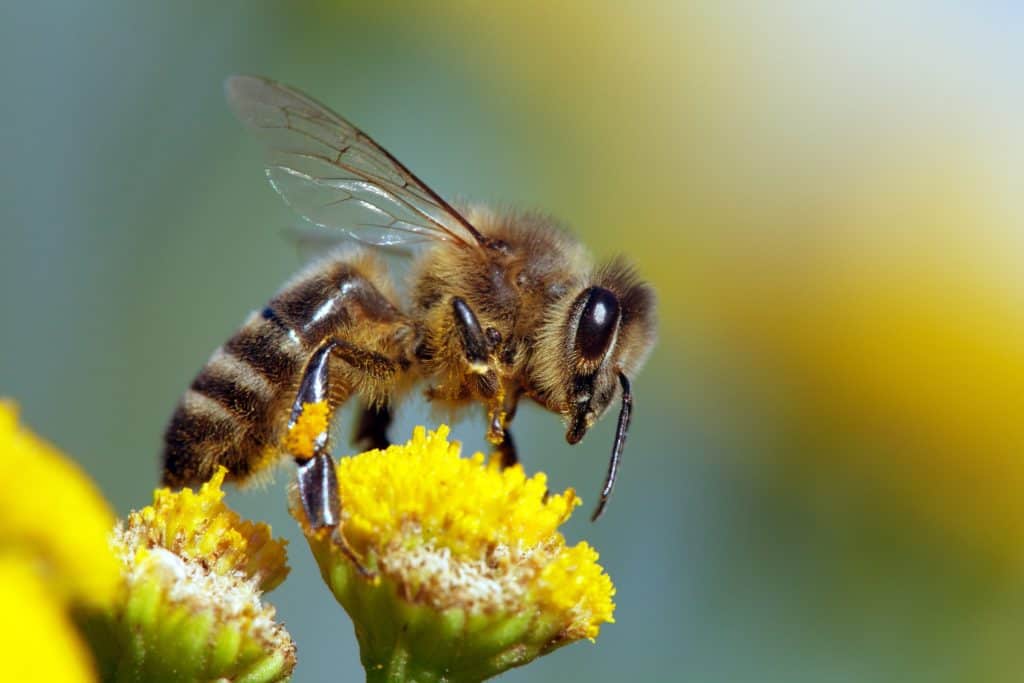
Mosquitos
Mosquitos are another obvious entry on this list. They are infamous for buzzing from person to person, biting and leaving behind itchy, red bumps. But, while it was previously believed that mosquitos had a total lifetime flight range of roughly 5 kilometers (3.1 miles), this belief was recently disproved by a study in 2019. The team of Africa-based researchers found that some mosquitos actually have the ability to travel hundreds of kilometers. In addition to this, the mosquitos, with their tiny wings, were able to survive traveling these distances at high altitudes, with drastic temperature changes and tumultuous winds. This study yielded both valuable data and a cautionary tale for the world as a whole, as we now know that these dangerous, disease-carrying insects can spread pathogens across longer distances than previously thought.
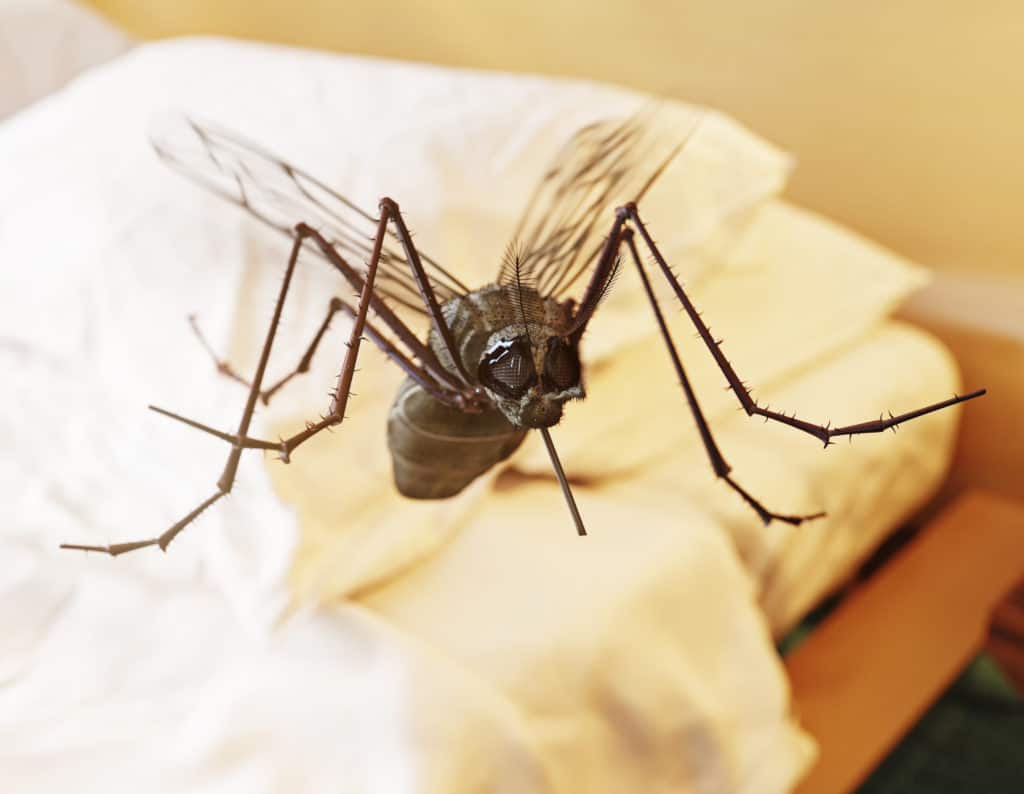
Roaches
There are approximately 4,000 different species of cockroach, a good portion of which have wings. However, just because they have wings, does not mean that all of these pests have the ability to actually fly. For example, the oriental roach, while possessing wings, cannot actually utilize them due to their wing size in proportion to their bodies. The ability of flight can also be limited due to the age/life stage of the individual roaches – for example, many different types of nymphs (the adolescent stage of roaches) may be able to fly as adults but presently lack properly formed wings or wings at all.
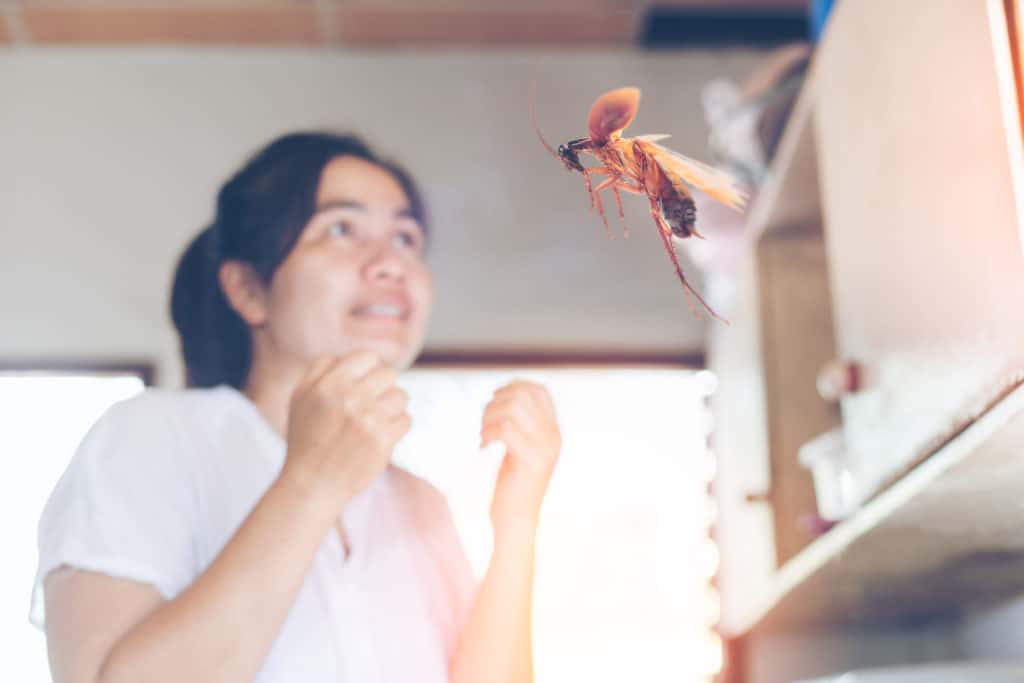
Termites
Termite colonies actually have a division of labor within their society splitting them into three different types: workers, soldiers and reproductives. Each divided group physically matures differently from the others due to pheromones so that they are all properly outfitted to perform their necessary duties for the colony. The reproductives are the only ones within a colony that have wings.
As they are first developing, reproductives will have small little wing “stumps” or wing “buds.” By the time they have matured into their alate stage, their wings are fully formed. Alates will leave their colonies in groups of hundreds or thousands in order to find a new place to mate and form a colony. Following the mating process their wings fall off. These newly wingless reproductives are called de-alates and have one final transformation to make into their fully mature forms: kings and queens.
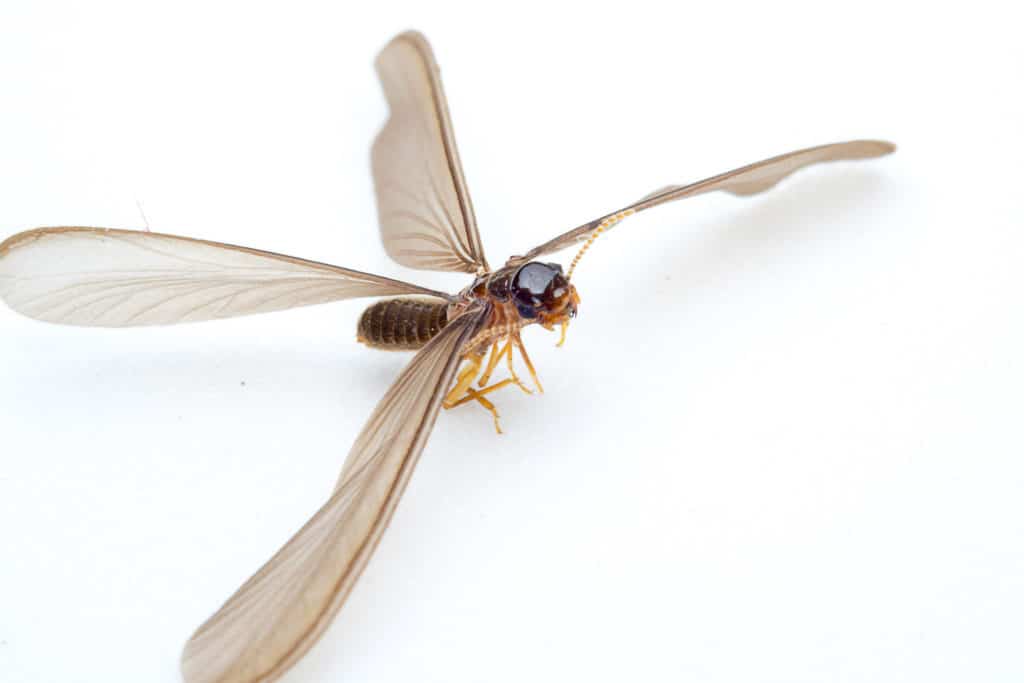
Ants
Just like their distant cousins the termites, ant reproductives are the only ones within a colony that have wings. Their alates have two sets of wings. The first pair (closest to the ant’s head) are rather large, while the second pair (lower down on their abdomen) are far smaller – almost half the length of the front wings. Upon close inspection, tiny veins are visible within these wings. However, these veins are difficult to see as they are clear/transparent.
Their bodies also differ from those of termite alates, making them discernable from one another. The thorax and abdomen of the ants have a clear separation as the body tapers in, creating the appearance of a small, cinched waist, while the thorax and abdomen of termites are connected broadly, making them a bit difficult to tell them apart.

Stink Bugs
Also often referred to as shield bugs due to their shape, sting bugs belong to the family Pentatomidae and come in many different subspecies within that family; the most common of which is the Brown Marmorated Stink Bug. They have a hard, outer shell shaped like a long trapezoid that acts as an armor for their protection. Part of this shell are the forewings, which rest above their fragile, membranous hind wings. These hind wings are what are responsible for their actual ability to fly.
When in flight, these bugs are fairly notorious for being noisy with inconsistent flight paths.
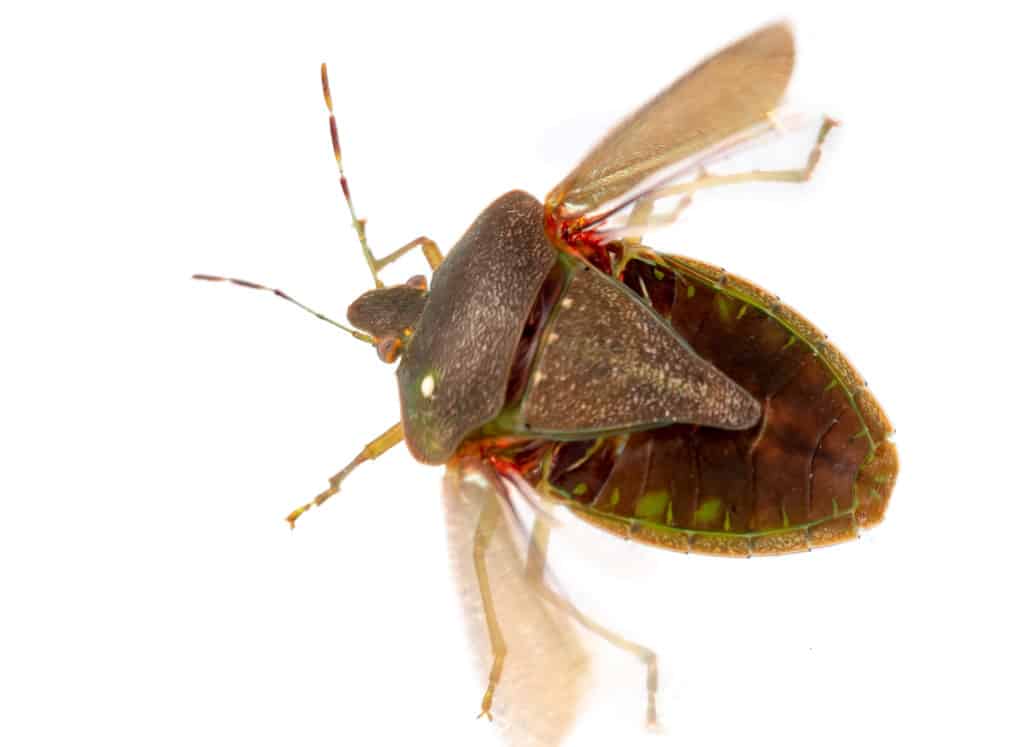
Citation
Blevins, M. and Hiskey, D. (2019) Where Do Insects Go in the Winter?, YouTube. Today I Found Out. Available at: https://www.youtube.com/watch?v=KHc19HHERAo (Accessed: June 2020).
Davis, M. (2008) Winged Ants and Termites in the House, The Department of Entomology of Kansas State University. Available at: https://entomology.k-state.edu/extension/diagnostician/lab-news/winged-ants-vs-termites.html (Accessed: October 2020).
Green, H. (2018) Why Do Stink Bugs Stink?, Youtube. Available at: https://www.youtube.com/watch?v=LE-0x9AvGh8(Accessed: June 2020).
Potter, M. (2018) Termite Control, The University of Kentucky College of Agriculture, Food and Environment. The Department of Entomology at the University of Kentucky. Available at: https://entomology.ca.uky.edu/ef604 (Accessed: October 2020).
Ricciuti, E. (2020) Study Shows Mosquitos Can Still Spread Malaria After Long-Distance Flights, Entomology Today. The Entomological Society of America. Available at: https://entomologytoday.org/2020/08/12/anopheles-mosquitoes-malaria-long-distance-flights/ (Accessed: December 2020).
Schneider, M. (1999) Termite Life Cycle and Caste System, Freiburg University. Available at: https://www.fzi.uni-freiburg.de/InsectPestKey-long%20version/termit2.htm (Accessed: October 22, 2020).
Terror in the Air: Can Cockroaches Fly? (2020) Cockroach Facts. Available at: https://cockroachfacts.com/can-cockroaches-fly/ (Accessed: October 2020).
8 Creative Ways to Have a Pest-Free Fourth of July
8 Creative Ways to Have a Pest-Free Fourth of July 8 Creative Ways to Have a Pest-Free Fourth of July Summary: The Fourth [...]
A Simple Guide to Preventing Stinging Pests
A Simple Guide to Preventing Stinging Pests A Simple Guide to Preventing Stinging Pests Summary: Stinging insects are more active in warm weather, [...]
These 10 Natural Mosquito Repellents Can Actually Help
These 10 Natural Mosquito Repellents Can Actually Help These 10 Natural Mosquito Repellents Can Actually Help Summary: Natural mosquito repellents are easier to [...]
How to Get Rid of Carpet Beetles
How to Get Rid of Carpet Beetles How to Get Rid of Carpet Beetles Summary: Carpet beetles are sneaky pests that don’t usually [...]
How Do Roaches Affect Asthma and Allergies?
How Do Roaches Affect Asthma and Allergies? How Do Roaches Affect Asthma and Allergies? Summary: It’s no secret that pests impact human health, [...]
These 5 Carnivorous Pests Might Surprise You!
These 5 Carnivorous Pests Might Surprise You! These 5 Carnivorous Pests Might Surprise You! Summary: There are many eco-friendly ways to prevent pests, [...]

